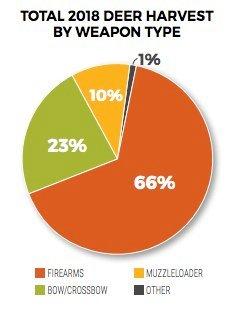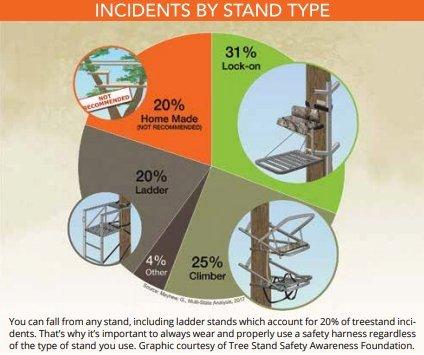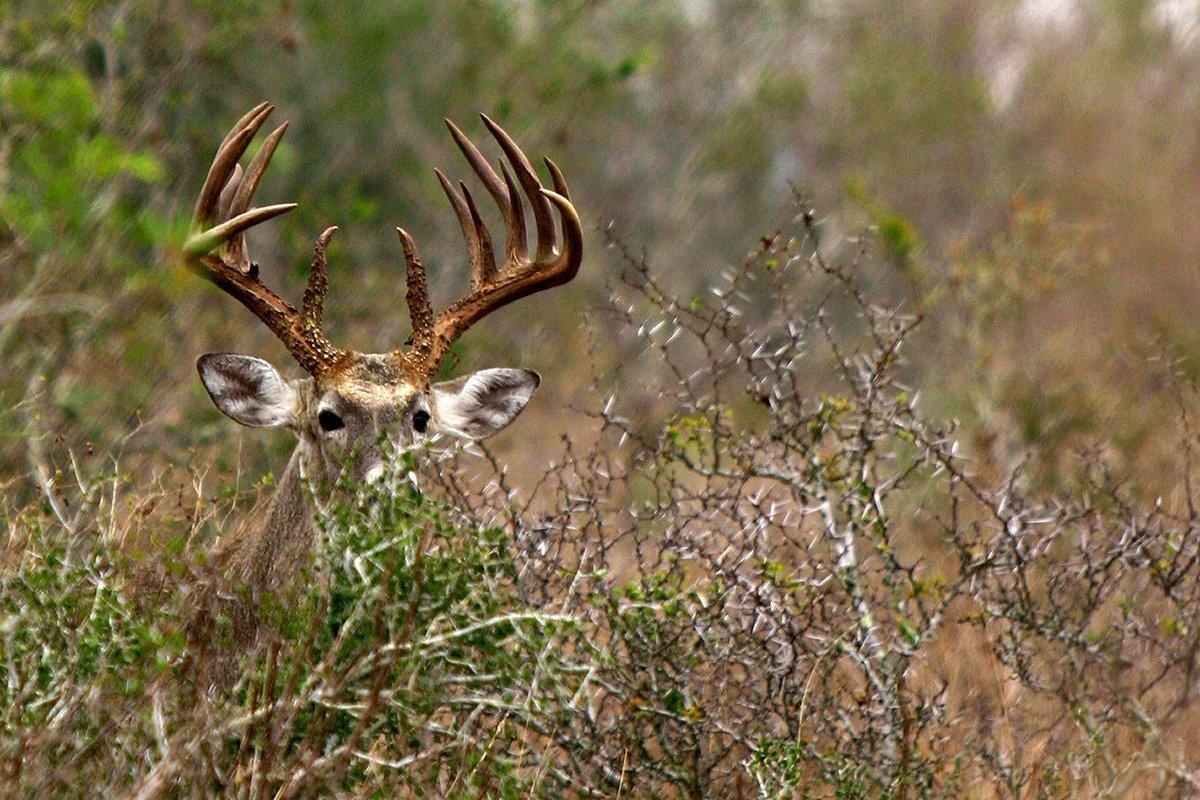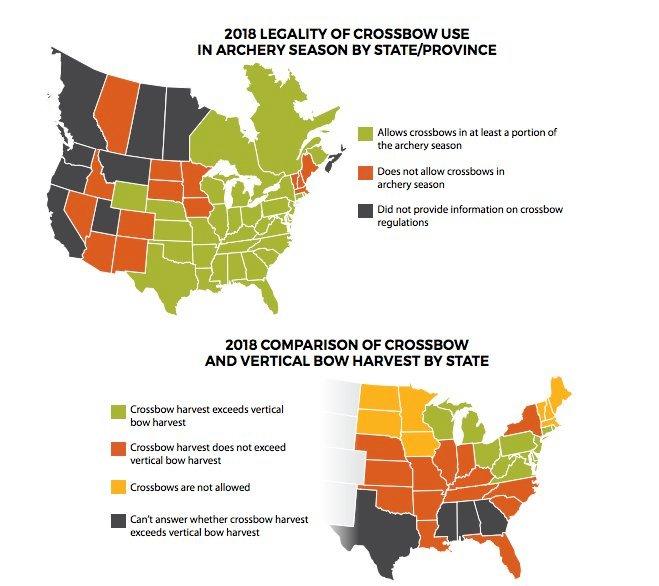Get your read on with these whitetail tidbits before next fall's opening day
Turkey season is open for some and around the corner for others. But for the diehard deer hunter, fall can't get here soon enough. Before it does, study up on these nine things that could influence your season, courtesy of the Quality Deer Management Association's 2020 Whitetail Report. A lot can change in 12 months.
1. Gun hunting is still king, but archery and muzzleloading surged in the last 20 years.
According to the data, modern firearm seasons still dominate. In 2018, 66% of deer taken in America were tagged with a modern gun. That figure was followed by 23% with compounds or crossbows, 10% with muzzleloaders and 1% with other methods. Regionally, rifles and shotguns are responsible for 76% of the harvest in the Southeast, 68% of the Midwest harvest, and 54% of the Northeast take. That's all to be expected — but the modern firearm harvest has declined as muzzleloaders have become more advanced and archery more popular. In 2002, gun hunters bagged 73% of the total deer harvest. A 7% change might not seem like much, but historically speaking, it is.
2. Crossbow hunting won't decimate your deer herd.

3. Some states' harvest data collection techniques are archaic.
Many states aren't very efficient at collecting deer-harvest data. Seventeen still use check-in stations to gather a portion of their data. Mississippi, South Carolina, Kansas and North Dakota only implement hunter surveys, and the first two states aren't mandatory in most cases. New Hampshire, Colorado, Montana and Washington either gather no harvest data at all or declined to respond to the QDMA report. Fortunately, most states use the internet, telephone or both to gather mandatory harvest totals. The best-managed states provide real-time data, which is available in about half of states. No Western states have the capability, but nine Midwestern, eight Southeastern, and 10 Northeastern states can provide real-time, in-season harvest estimates.
4. Not every state's legal shooting hours are a half hour before sunrise to a half hour after sunset.
Think shooting hours are the same everywhere? Think again. In South Carolina, you can shoot a deer one hour before sunrise. With a full moon, you can literally kill deer by moonlight. New York breaks the mold, too, where you can't pull the trigger until sunrise or after sunset. Arizona is limited to daylight hours. And if you ever travel to New Brunswick, don't flip that safety until 20 minutes before sunup.
5. Guns don't kill hunters, but treestand falls do.
Guns, wolves and other hunters aren't the most dangerous aspects of hunting. Treestand falls are, but the good news is that these fatalities are declining over the past several decades. Officials credit this reduction in accidents to the widespread availability of better safety equipment. Broken down by region, the Southeast has the highest number of treestand-fall fatalities with 0.7 deaths per 100,000 deer hunters. The Midwest has 0.6, Northeast shows 0.5, and West is 0.4. Always wear a safety harness. Don't wait to strap yourself in once you're in the treestand. Instead, use a safety line - such as Hunter Safety System's Lifeline - that secures you from ascension to descension.
6. Wild game processing regulations are increasing.
As scary diseases - such as Chronic Wasting Disease - continue to spread, meat processors are increasingly dealing with stricter regulations on sanitation, meat packaging and carcass disposal. A major concern with CWD is that standard sanitizing methods fail to kill the prions that cause the illness, the QDMA says. However, a recent study confirmed household bleach can be used as a surface decontaminant on stainless steel surfaces (it failed to penetrate infected tissue) … For hunters who want to be cautious when handling potentially infected deer harvested in CWD management zones, the ability to neutralize stainless steel knives, saws and other equipment is one approach to reducing potential exposure.
7. Traveling across state lines with deer - even lower jaw bones - is heavily regulated.

8. CWD isn't our only worry.
We frequently cover CWD, Epizootic Hemorrhagic Disease (EHD), Bluetongue Virus (BTV), Bovine Tuberculosis (bTB) and anthrax. Another disease that recently grabbed my attention was Eastern Equine Encephalitis (EEE). It's a very infectious (and usually fatal) disease that humans, deer, horses and swine can contract. In 2019, EEE was discovered in white-tailed deer in Michigan, New Jersey, Pennsylvania and Rhode Island, the QDMA says. As of December 17, 2019, the CDC had received reports of 38 confirmed cases of EEE, including 15 human deaths.
9. But CWD is our biggest worry.
Sadly, CWD continues to spread in every direction. It's now in 26 states, two Canadian provinces and several countries in Europe and Australia. There's still no clear evidence that humans can contract CWD from cervids (deer, moose, elk and caribou). However, research hasn't completely ruled it out, either. CWD has also been shown to experimentally infect squirrel monkeys, pigs and laboratory mice that carry some human genes, the QDMA says.
That's a lot to digest in one helping, but mull it over because it's important to stay informed. The Whitetail Report holds much more information than what was discussed here, so if you're interested in digging into it further, download your copy here.
Don't Miss: 5 Deer Hunting Trends That Make Me Sick
Check out more stories, videos and educational how-to's on deer hunting.








